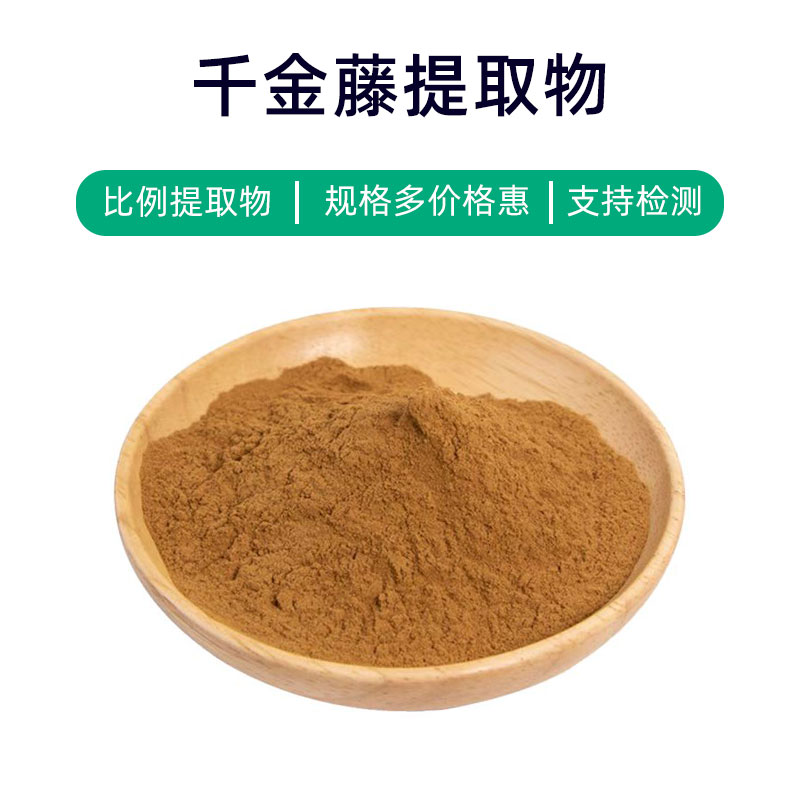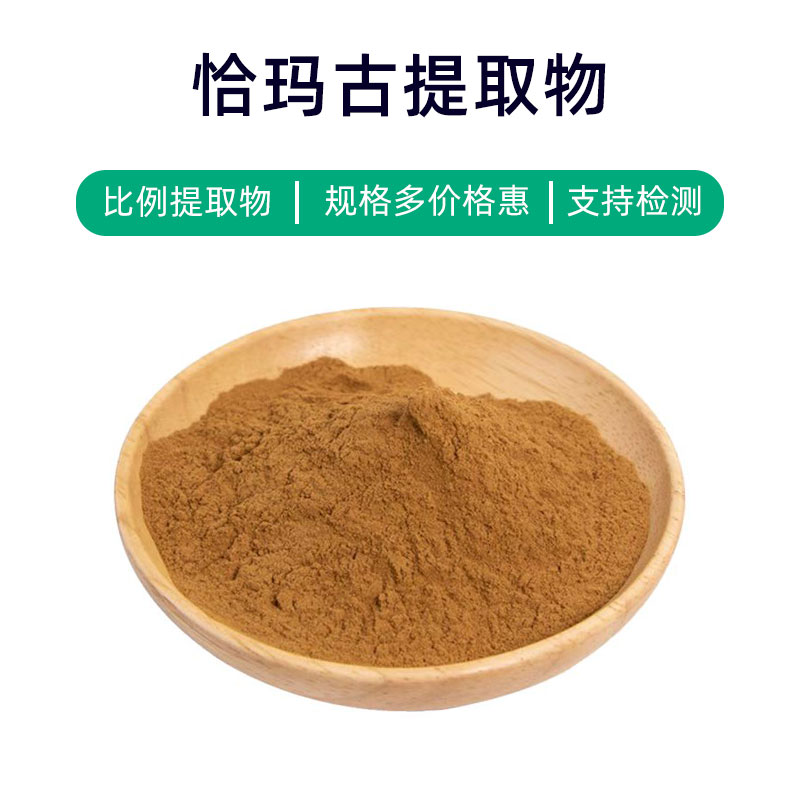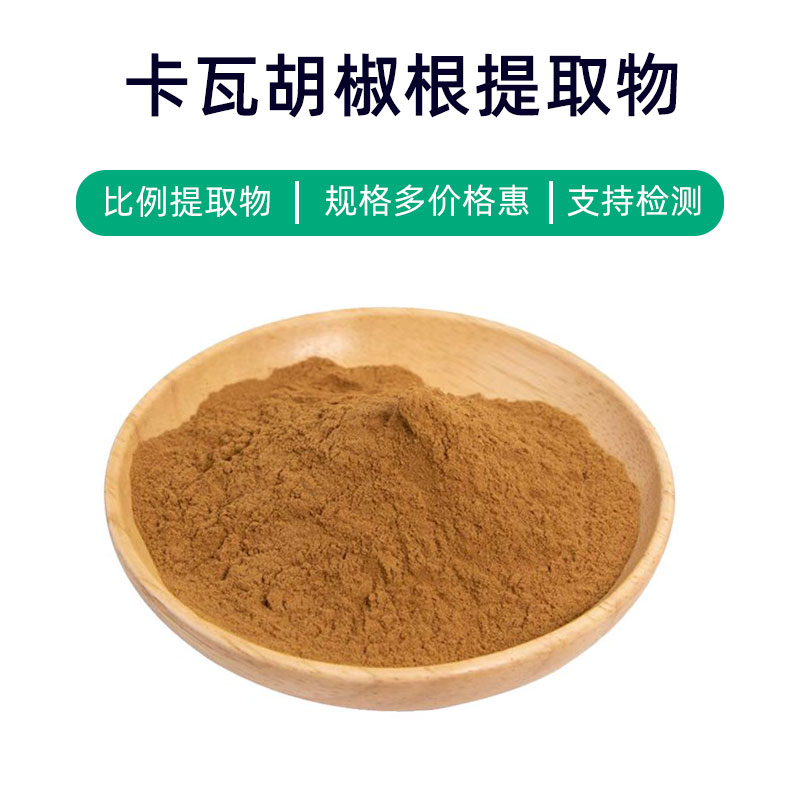Lily Extract Product Introduction
Lily extract is a natural plant extract derived from the bulbs and flowers of lily plants. Its main components include active ingredients such as lily saponins, polysaccharides, flavonoids, and vitamins. Lily extract has a wide range of applications in the cosmetics, pharmaceutical, and food industries.
First of all, lily extract is often used as a skin - care ingredient in cosmetics. It has good moisturizing properties, which can effectively moisturize the skin, reduce water loss, and keep the skin soft and smooth. In addition, lily extract is rich in antioxidants, which can neutralize free radicals, delay the skin aging process, and make the skin more youthful and firm.
Secondly, lily extract also has certain applications in the pharmaceutical field. Due to its anti - inflammatory and skin - soothing effects, it is often used to treat skin inflammation and sensitive skin. For example, it can be added to medicinal skin - care products to relieve skin problems such as eczema and allergies, playing a soothing and repairing role.
In addition, lily extract can also be used as a food additive to improve the nutritional value and health - care efficacy of food. Lily extract is rich in various vitamins and minerals, which helps to enhance immunity and promote physical health. It can be added to foods such as beverages, pastries, and health products to provide nutritional support for the human body.
In general, as a natural plant extract, lily extract has broad application prospects in the cosmetics, pharmaceutical, and food industries. Its rich active ingredients endow it with multiple effects, such as moisturizing the skin, soothing inflammation, and improving the nutritional value of food. It is a natural plant extract with wide application value.
Lily Extract Production Process
The production process of lily extract usually includes the following steps:
- Raw Material Collection and Preparation: The bulbs and flowers of lilies are the main raw materials for extracting lily extract. First, fresh lily bulbs and flowers need to be collected, and then pre - treatment work such as cleaning, peeling, and chopping is carried out.
- Extraction Process: The pre - treated lily raw materials will be extracted with an appropriate amount of extraction solvent (such as ethanol or water). The purpose of extraction is to dissolve the active ingredients in lilies into the solvent to form an extract.
- Extract Concentration: After extraction, the extract needs to be concentrated to remove excess solvent and increase the concentration of active ingredients. Usually, methods such as vacuum evaporation or spray drying are used for concentration.
- Precipitation and Separation: The concentrated extract may contain some impurities and insoluble substances, which need to be precipitated and separated. The impurities are precipitated by a precipitant or a centrifuge and then separated from the extract.
- Filtration and Purification: The separated extract needs to be filtered to remove residual solid particles and impurities. Then, methods such as chromatography can be used for further purification to improve the purity and activity of the product.
- Drying and Grinding: The purified lily extract needs to be dried to remove moisture and reduce the moisture content of the product. The dried extract is then ground to obtain the desired particle size and form.
- Packaging and Storage: Finally, the prepared lily extract is packaged and stored under dry, cool, and ventilated conditions. Appropriate packaging and storage can maintain the quality and stability of the product and extend its shelf life.
The above is the typical production process flow of lily extract. Each step needs to be strictly controlled to ensure the quality and safety of the final product.
Efficacy, Function, and Side Effects of Lily Extract
Lily extract is a commonly used natural plant extract with multiple effects and functions:
- Antioxidant effect: Lily extract is rich in various antioxidants, such as polyphenolic compounds and vitamins, which can neutralize free radicals, reduce the damage of oxidative stress to the body, and protect cell health.
- Anti - inflammatory effect: The active ingredients in lily extract have obvious anti - inflammatory effects, which can inhibit the occurrence of inflammatory reactions and relieve the discomfort and pain caused by inflammation.
- Immune - regulating effect: Lily extract can regulate the function of the immune system, enhance the body's resistance, improve the activity of immune cells, and help prevent and relieve infectious diseases.
- Liver - protecting effect: Lily extract has a protective effect on the liver, which can reduce liver cell damage, promote liver cell regeneration, and has certain adjuvant treatment effects on liver diseases such as hepatitis and fatty liver.
Monica Sun is a seasoned expert in the plant extraction industry with over a decade of experience in research and production. She specializes in the extraction and purification of plant active ingredients, focusing on driving innovation in natural product applications. Monica has participated in the development of multiple functional plant extracts, delivering high-value natural raw material solutions for the health food, pharmaceutical, and dietary supplement sectors.


















